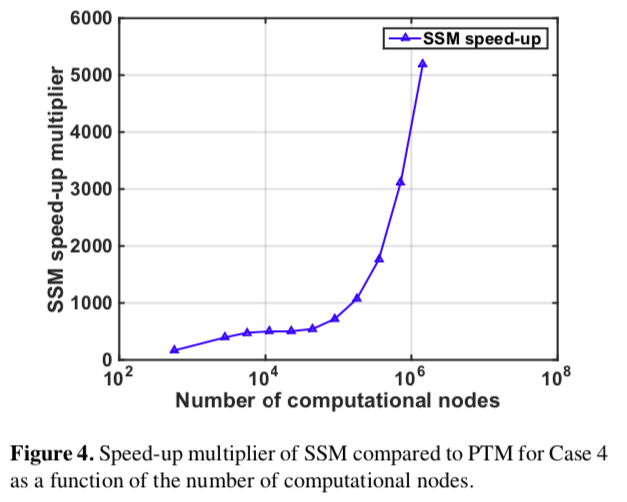Consistent initial conditions for the Saint-Venant equations in river network modeling
ABSTRACT: Initial conditions for flows and depths (cross- sectional areas) throughout a river network are required for any time-marching (unsteady) solution of the one- dimensional (1-D) hydrodynamic Saint-Venant equations. For a river network modeled with several Strahler orders of tributaries, comprehensive and consistent synoptic data are typically lacking and synthetic starting conditions are needed. Because of underlying nonlinearity, poorly defined or inconsistent initial conditions can lead to convergence problems and long spin-up times in an unsteady solver. Two new approaches are defined and demonstrated herein for computing flows and cross-sectional areas (or depths). These methods can produce an initial condition data set that is consistent with modeled landscape runoff and river geometry boundary conditions at the initial time. These new methods are (1) the pseudo time-marching method (PTM) that iterates toward a steady-state initial condition using an unsteady Saint-Venant solver and (2) the steady-solution method (SSM) that makes use of graph theory for initial flow rates and solution of a steady-state 1-D momentum equation for the channel cross-sectional areas. The PTM is shown to be adequate for short river reaches but is significantly slower and has occasional non-convergent behavior for large river networks. The SSM approach is shown to provide a rapid solution of consistent initial conditions for both small and large networks, albeit with the requirement that additional code must be written rather than applying an existing un- steady Saint-Venant solver.


